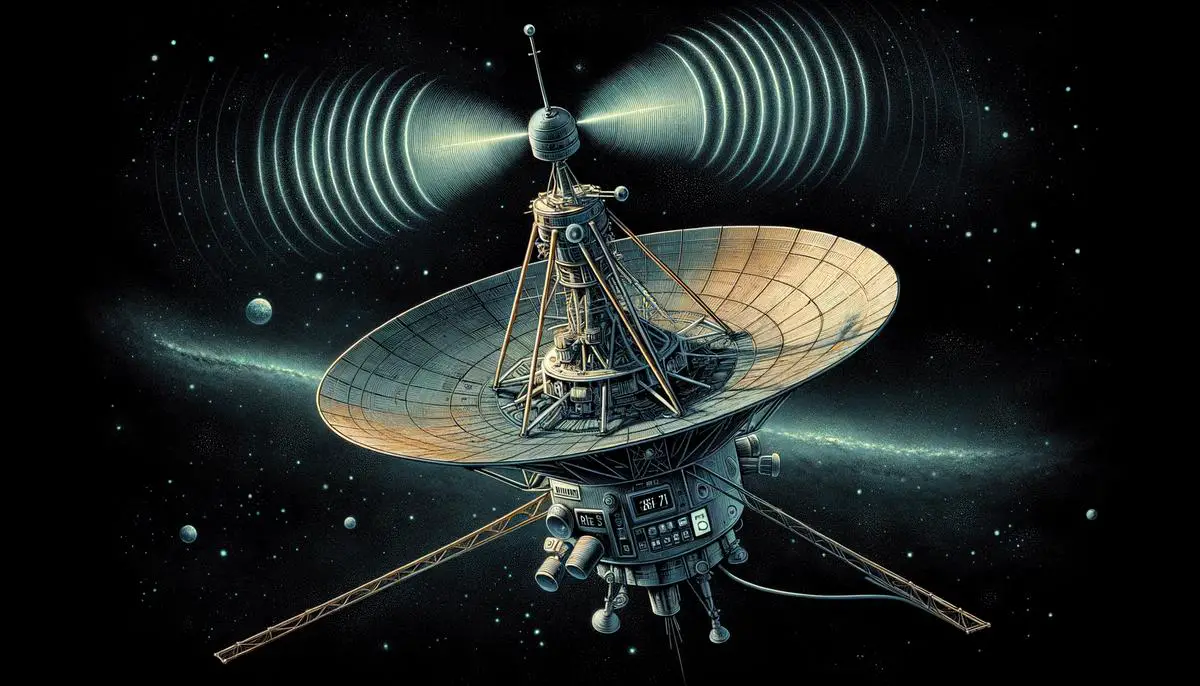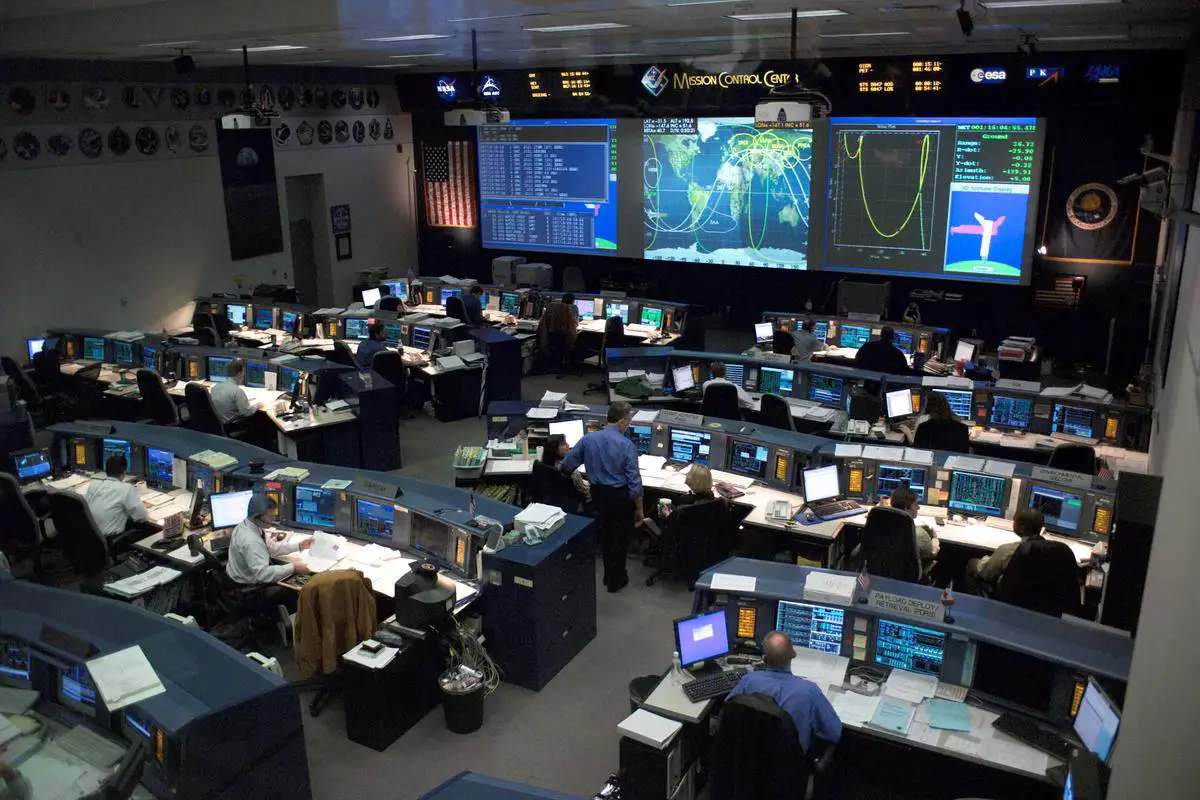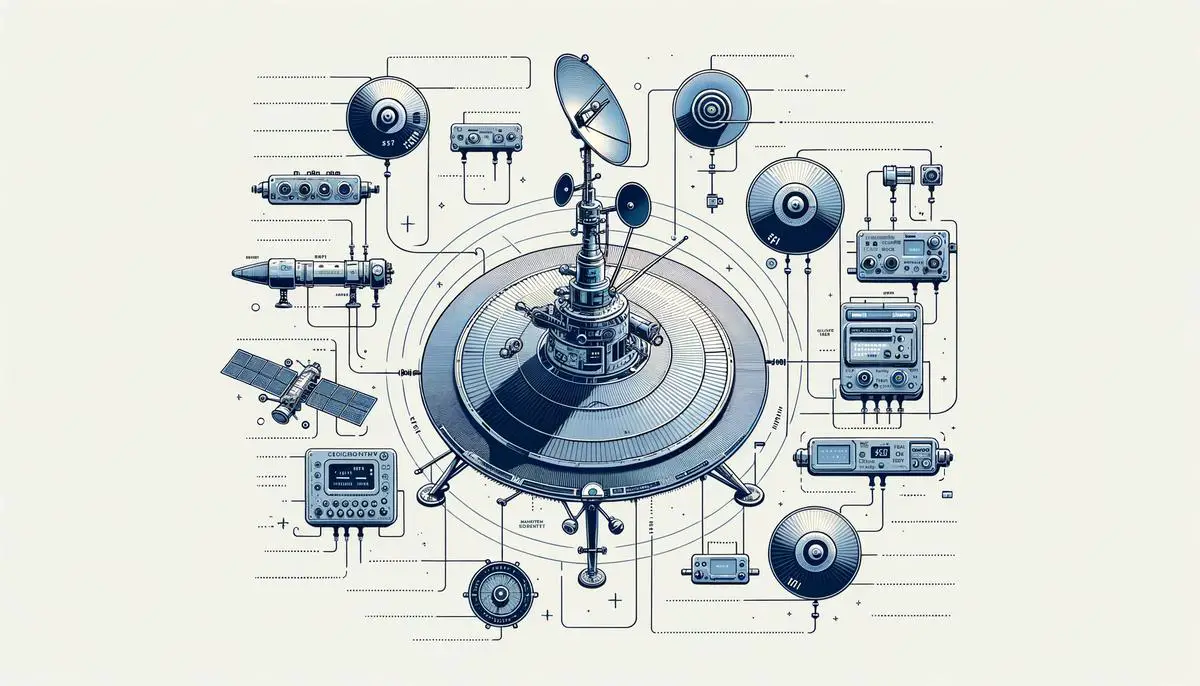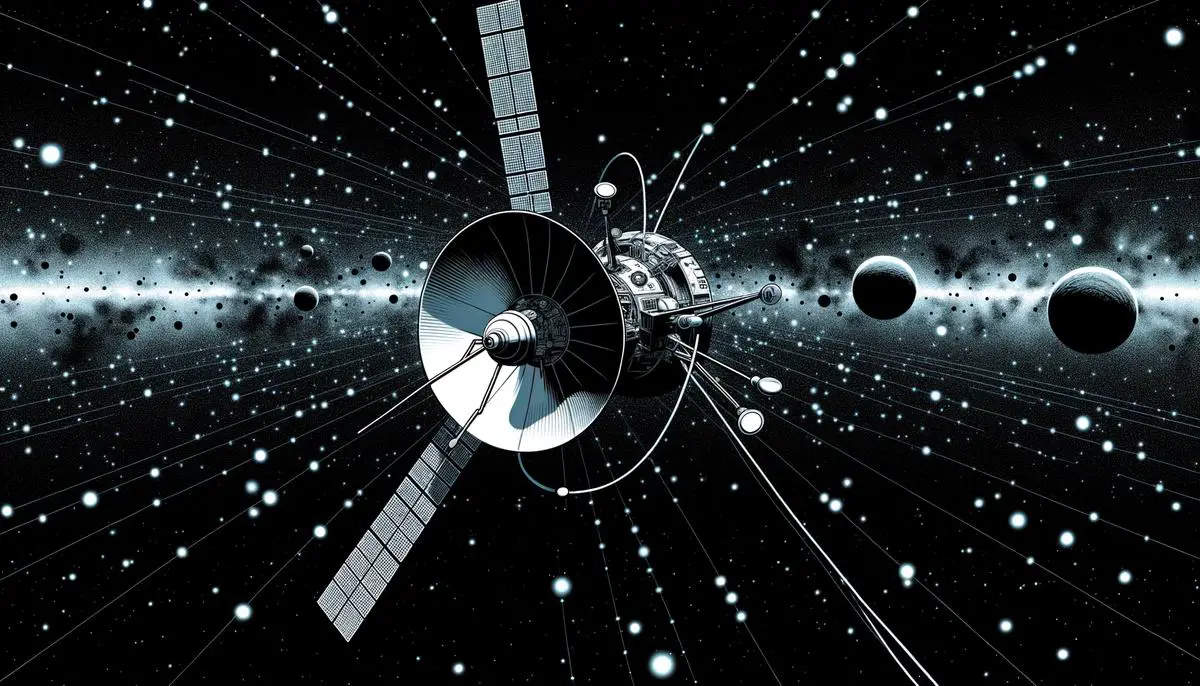Voyager 1's Communication Blackout
On October 16, NASA's team sent a command to Voyager 1 to activate one of its heaters. However, the spacecraft's fault protection system was triggered, likely due to a potential power issue. This resulted in a communication blackout by October 18, with antennas worldwide unable to receive signals.
The spacecraft had switched off its primary X-band radio transmitter and reverted to the S-band transmitter, last used in 1981. Engineers faced a critical decision:
- Attempt to reactivate the X-band
- Rely on the S-band
Opting for caution, they sent a command to the S-band transmitter on October 22.
On October 24, Voyager 1 successfully re-established communication via the S-band transmitter. While comprehensive scientific data wasn't transmitted, the signal confirmed the spacecraft's operational status. The team is now investigating the root cause of the fault protection activation, seeking to enhance their understanding of maintaining Voyager 1's long-term functionality.

Fault Protection and NASA's Response
Voyager 1's fault protection system is a critical component designed to ensure the spacecraft's longevity. When faced with potential issues like unexpected power fluctuations, it initiates energy-saving measures by shutting down non-essential systems while maintaining core functions.
NASA engineers are approaching the situation with measured caution. As stated by project leads:
"We're treating this situation with the attention it deserves. Making sense of why the fault protection initiated is critical; we aim to ensure safety before we restore primary communications."
This reflects NASA's commitment to a thorough understanding of the anomaly before taking further action.
The spacecraft's ability to adapt to challenges in deep space showcases the foresight of its designers. Voyager 1's continued operation, decades beyond its expected lifespan, is a testament to the robustness of its engineering and the effectiveness of its protective systems.

Redundancy in Space Missions
Voyager 1's recent experience highlights the crucial role of redundancy in space mission design. The reactivation of the S-band transmitter demonstrates the value of backup systems in ensuring mission continuity.
This event reinforces the importance of incorporating redundancy in future interstellar missions. Such backup systems provide versatility in handling unforeseen challenges, particularly in maintaining communication over vast distances.
The mission team's meticulous evaluation of Voyager 1's status reflects an ongoing commitment to learning and improvement. Each challenge overcome contributes to:
- Refinement of spacecraft engineering
- Improvement of operational protocols for future deep space exploration
The resilience of Voyager 1 is a product of both its construction and the ingenuity of its support team. Their ability to adapt and problem-solve ensures the mission's longevity and advances our capabilities in space exploration. This ongoing dialogue between human innovation and cosmic discovery continues to push the boundaries of our understanding and technological capabilities.

- NASA. Voyager 1 Status Update. Jet Propulsion Laboratory. 2023.
- Spencer JR. Voyager 1 Communication Challenges. NASA Planetary Science Department. 2023.
- Deep Space Network. Voyager 1 Signal Detection Report. NASA. 2023.
![]()
